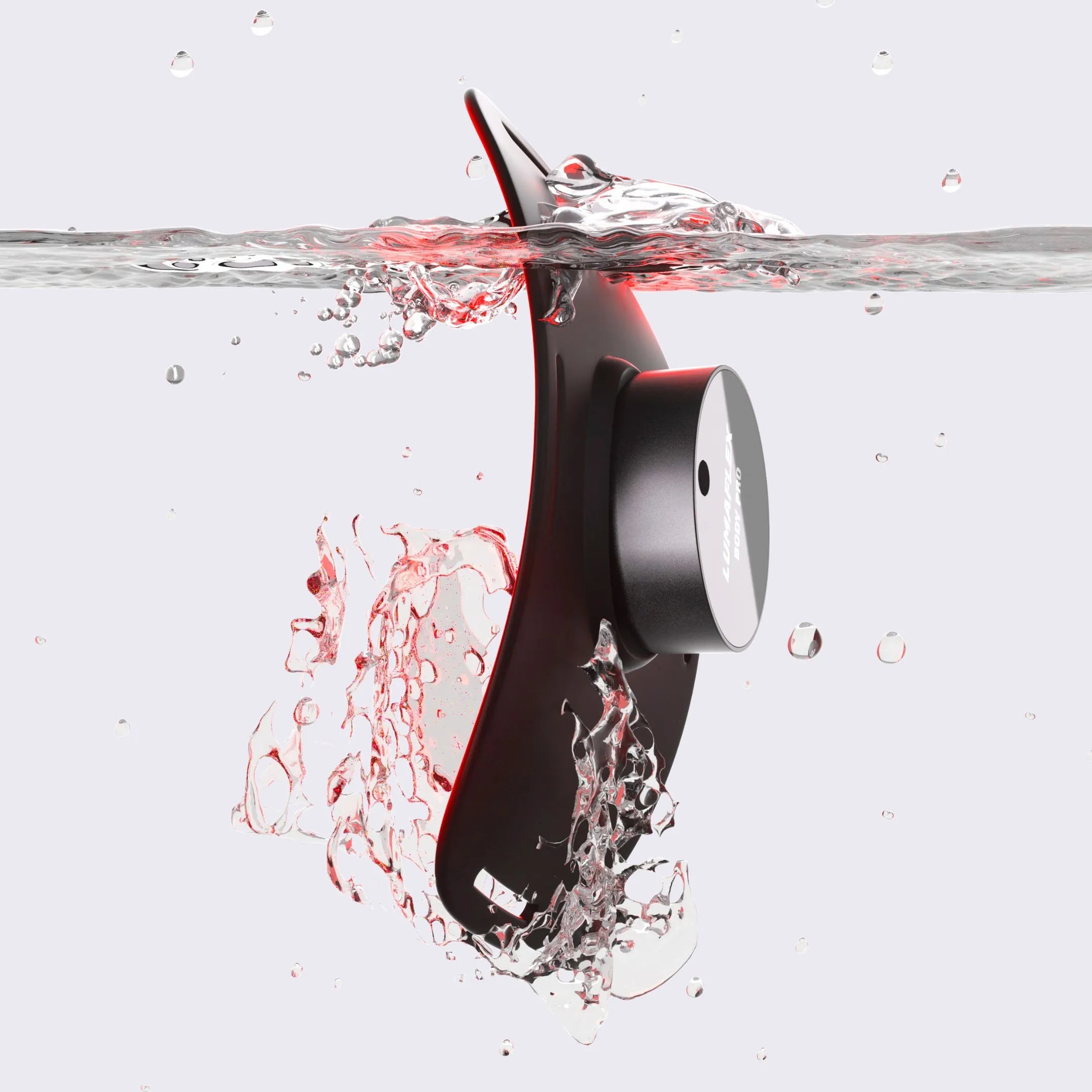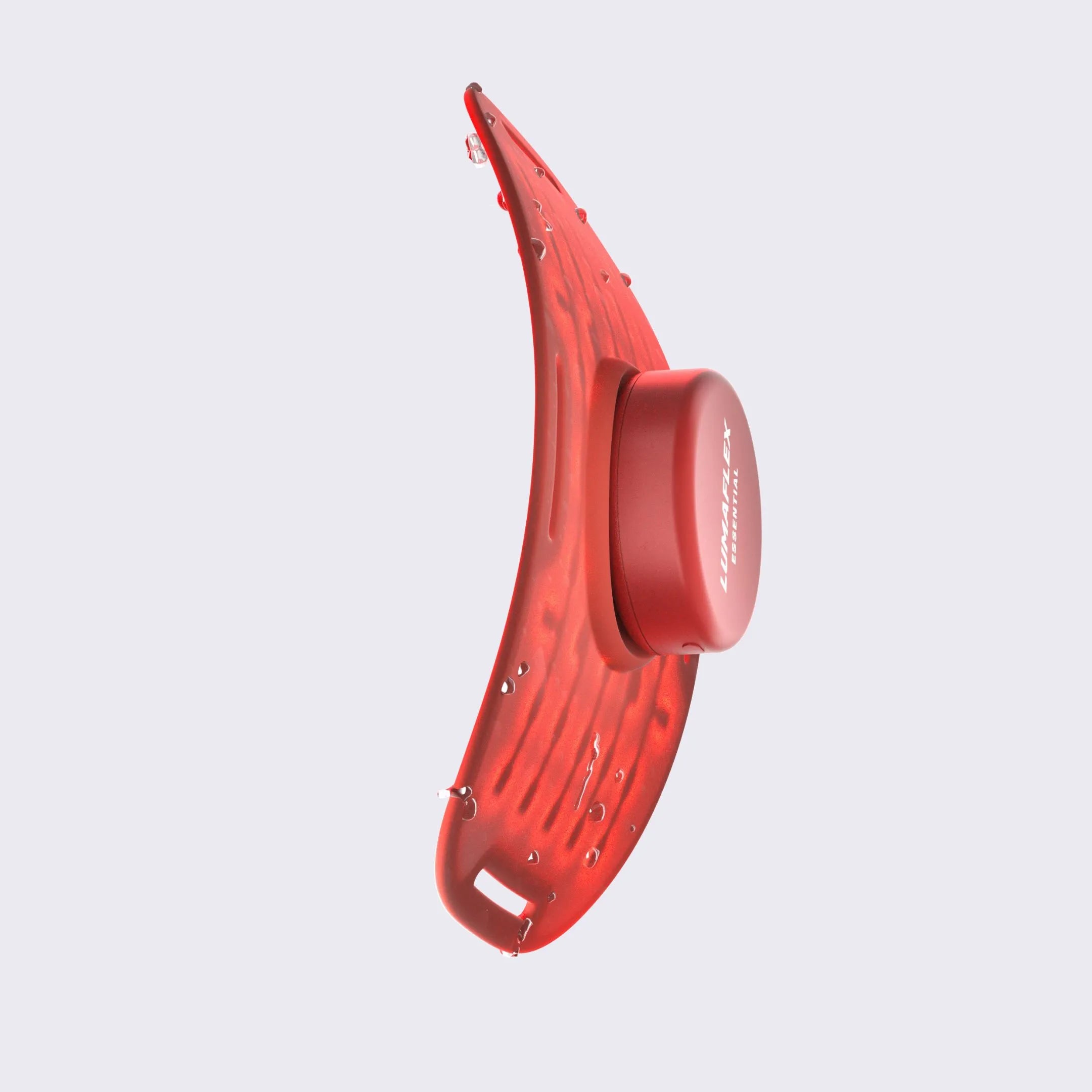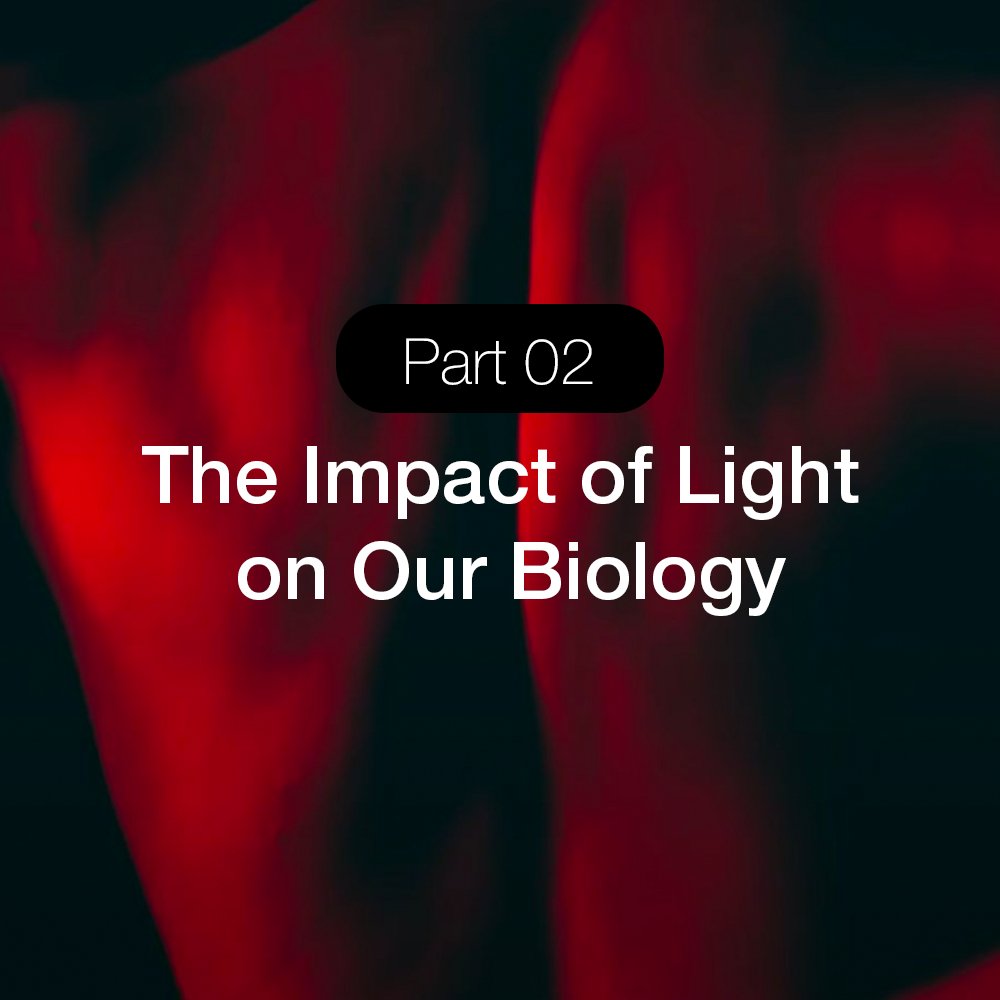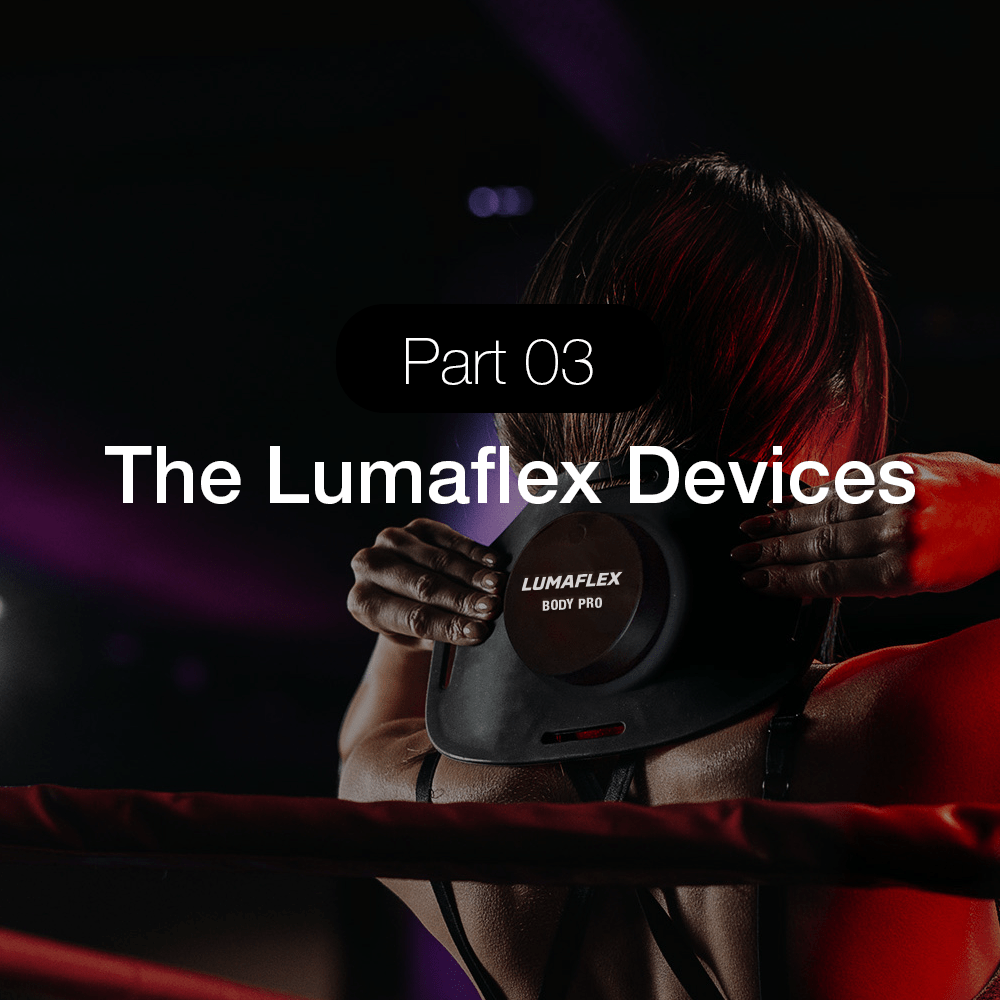Red Light Therapy for Rosacea: A Guide to Reducing Redness and Inflammation

If you suffer from rosacea, managing symptoms like flare-ups, redness, visible blood vessels, and irritation can be challenging. Red light therapy for rosacea offers a promising, non-invasive solution. This treatment has gained popularity for its ability to reduce redness, calm flare-ups, and improve skin health. In this comprehensive guide, we’ll explore how red light therapy works for rosacea and why it could be the solution you’ve been searching for.
Table of contents
What is Rosacea and How Does Red Light Therapy for Rosacea Help?
Rosacea is a common skin condition that primarily affects the face, causing redness, visible blood vessels, and irritation. For many rosacea sufferers, red light therapy for rosacea can be an effective way to manage these symptoms. The gentle, non-invasive nature of red light therapy makes it a great option for people with sensitive skin who need a safe solution for rosacea.
Common Triggers of Rosacea
Certain lifestyle factors and environmental conditions can trigger or worsen rosacea symptoms. These include:
Sun exposure
Hot or cold weather
Spicy foods
Alcohol consumption
Stress
Harsh skincare products
Though rosacea is not curable, there are many ways to manage its symptoms and reduce flare-ups, including the use of red light therapy.
How Does Red Light Therapy for Rosacea Work to Soothe Inflammation?

How Red Light Therapy for Rosacea Works to Soothe Inflammation
Red light therapy for rosacea, also known as low-level laser therapy (LLLT), uses specific wavelengths of light, typically between 600 and 1000 nanometers, to penetrate the skin. This light is absorbed by the mitochondria in your cells, which stimulates the production of adenosine triphosphate (ATP). ATP is the energy source for cells, boosting cellular repair, reducing inflammation, and promoting overall skin health.
Does Red Light Therapy for Rosacea Really Work?
Does red light therapy for rosacea really work? Numerous clinical studies and user experiences suggest that red light therapy for rosacea significantly reduces common symptoms, including redness, visible blood vessels, and irritation.
Clinical Evidence Supporting Red Light Therapy
Clinical evidence has shown that red light therapy for rosacea can significantly reduce the visible redness and blood vessels, providing long-term relief from common rosacea symptoms.
For example, a study published in the Annals of Translational Medicine showed that participants who underwent red light therapy experienced a notable reduction in redness and visible blood vessels. Similarly, the British Journal of Dermatology journal reported improvements in skin texture and tone after treatment with red light.
A quick search on forums like Reddit reveals a wide range of experiences with red light therapy for rosacea. Many users share their before-and-after results, discussing the benefits and challenges they've faced with this treatment. If you're looking for real-world insights, Reddit can be a great resource to learn more about others' experiences.

Why Red Light Therapy Works for Rosacea
Anti-inflammatory Effects: One of the main causes of rosacea flare-ups is inflammation. Red light therapy helps reduce this inflammation, leading to fewer flare-ups and less irritation.
Improved Circulation: Red light therapy can enhance blood flow to the skin, promoting healing and reducing the appearance of redness and swelling.
Collagen Stimulation: By encouraging collagen production, red light therapy helps improve skin elasticity and texture, which can help minimize the visibility of blood vessels over time.
While red light therapy is not a cure for rosacea, it can be a highly effective part of an overall treatment plan.
What Type of Light is Good for Rosacea?
LED red light therapy for rosacea uses specific wavelengths that penetrate the skin to target inflammation and reduce redness. These LED devices are a popular option for at-home treatments and have been shown to provide noticeable benefits for many rosacea sufferers.
Understanding Light Wavelengths
Different types of light are used in therapy, and each has its own unique benefits. For rosacea, red light and near-infrared light are considered the most effective. Here's why:
Red Light (630–660nm): This wavelength penetrates the skin to target the blood vessels and reduce inflammation. It's highly effective in calming the redness associated with rosacea.
Near-Infrared Light (850–880nm): This deeper-penetrating light can help promote healing and repair damaged tissue, making it beneficial for rosacea flare-ups that result in skin irritation or damage.
Is Blue or Red Light Better for Rosacea?
When choosing between blue or red light therapy for rosacea, red light therapy is generally the better option. Blue light can aggravate rosacea symptoms, whereas red light works specifically to reduce inflammation and calm redness.

Benefits of Red Light Therapy for Rosacea
Reduced Redness and Inflammation
Red light therapy is highly effective in reducing redness by targeting inflammation and calming irritated skin. It can help minimize flare-ups and create a more even skin tone.
Improved Skin Texture and Tone
By stimulating collagen production, red light therapy helps enhance skin texture, making it smoother and more resilient. Over time, this can help reduce the visibility of visible blood vessels and other skin imperfections caused by rosacea.
Non-Invasive Treatment
One of the most appealing aspects of red light therapy is that it’s non-invasive and drug-free. There’s no need for harsh chemicals or painful procedures—just simple, safe light therapy that can be easily incorporated into your skincare routine.
How to Use Red Light Therapy for Rosacea
When searching for the best red light therapy for rosacea, look for devices with specific wavelengths (630-660nm) and FDA clearance to ensure safety and effectiveness. Choosing the right device can make a significant difference in your treatment outcomes.
Step-by-Step Guide
Here’s a step-by-step guide on how to use red light therapy for rosacea effectively. Make sure to follow the manufacturer's instructions for the best results and remember, consistency is key for long-term improvement.
Choose the Right Device: Look for a red light therapy device that is FDA-cleared to ensure its safety and effectiveness. Options include handheld devices or wearable masks designed for facial treatment.
Follow Manufacturer Guidelines : Each device will come with instructions on how to use it. For best results, aim for 10-15 minute sessions, 3-5 times per week.
Prepare Your Skin: Cleanse your face thoroughly before using red light therapy to ensure the light can penetrate your skin effectively.
Consistency is Key: Red light therapy requires consistent use to achieve visible results. While some improvement may be seen in the first few weeks, the best results typically appear after a few months of regular treatments.
Post-Treatment Care
After using red light therapy, be sure to:
Moisturize your skin: Use a gentle, hydrating moisturizer to lock in moisture and soothe your skin.
Protect from Sun Exposure: Rosacea-prone skin is often sensitive to the sun, so continue to use sunscreen to protect your skin from UV damage.
FAQs About Red Light Therapy and Rosacea
How Quickly Will I See Results from Red Light Therapy for Rosacea?
The time to see results from red light therapy for rosacea depends on factors like the severity of your condition and how consistently you use the therapy. Generally, you may start noticing mild improvements in redness and irritation within 2-4 weeks of regular use (3-5 times per week). More significant changes, such as a reduction in visible blood vessels, improved skin texture, and long-term skin health, typically appear after 8-12 weeks of consistent treatment. Results vary by individual, so maintaining patience and following a regular therapy schedule is key.
Can Red Light Therapy for Rosacea Be Used in Conjunction with Other Treatments?
Yes, red light therapy can often be safely combined with other rosacea treatments, such as topical medications (e.g., metronidazole) or oral medications (e.g., doxycycline). It works synergistically to address inflammation, which is a core component of rosacea. However, it’s essential to consult with your dermatologist before combining therapies to ensure they’re compatible and will not cause irritation or adverse reactions. Your doctor can help you create a tailored treatment plan that incorporates red light therapy effectively with other rosacea treatments.
Is Red Light Therapy for Rosacea Safe?
Yes, red light therapy for rosacea is considered safe when used correctly. It is a non-invasive treatment that does not involve harsh chemicals or surgical procedures, making it a gentle option for individuals with sensitive skin. To ensure safety, choose FDA-cleared devices and follow the manufacturer's usage instructions. It’s crucial to avoid overuse; typically, 10-15 minute sessions, 3-5 times a week, are sufficient. However, if you have any concerns or experience discomfort, it’s best to consult a healthcare professional.
How Often Should I Use Red Light Therapy for Rosacea?
For the best results, it's recommended to use red light therapy for rosacea 3-5 times per week , with each session lasting between 10-15 minutes . Consistency is key to seeing noticeable improvements in skin redness, irritation, and inflammation. For optimal results, it's important to follow the device’s specific instructions and allow your skin to adjust gradually. Some people may benefit from daily sessions at first, while others may need fewer treatments depending on their skin’s sensitivity and response.
Can Red Light Therapy Help Prevent Future Rosacea Flare-Ups?
While red light therapy cannot cure rosacea, it can significantly help reduce the frequency and severity of flare-ups by targeting the underlying inflammation and promoting overall skin healing. Regular use of red light therapy can help maintain calmer skin, strengthen the skin's natural barrier, and improve circulation, which may reduce the likelihood of future flare-ups. However, it's important to pair it with other preventive measures, such as avoiding known triggers (e.g., sun exposure, spicy foods), to maximize its effectiveness in managing rosacea.
Conclusion
In conclusion, red light therapy for rosacea is an effective, non-invasive solution that can significantly reduce redness, calm flare-ups, and promote healthier skin over time. Consider incorporating red light therapy into your skincare routine for long-term improvement.
If you're looking for a natural solution to manage rosacea, consider incorporating red light therapy into your skincare routine. Be consistent, and with time, you’ll likely see significant improvements.
Take the next step in managing your rosacea. Try Lumaflex Red Light Therapy today and discover the power of non-invasive treatment for smoother, calmer skin!





